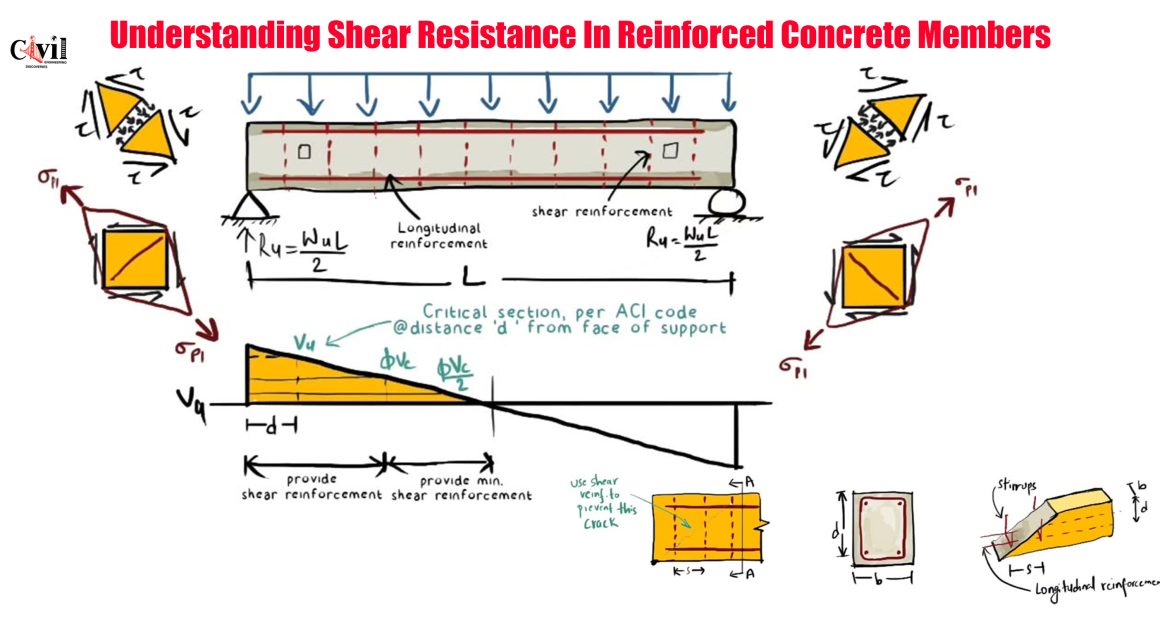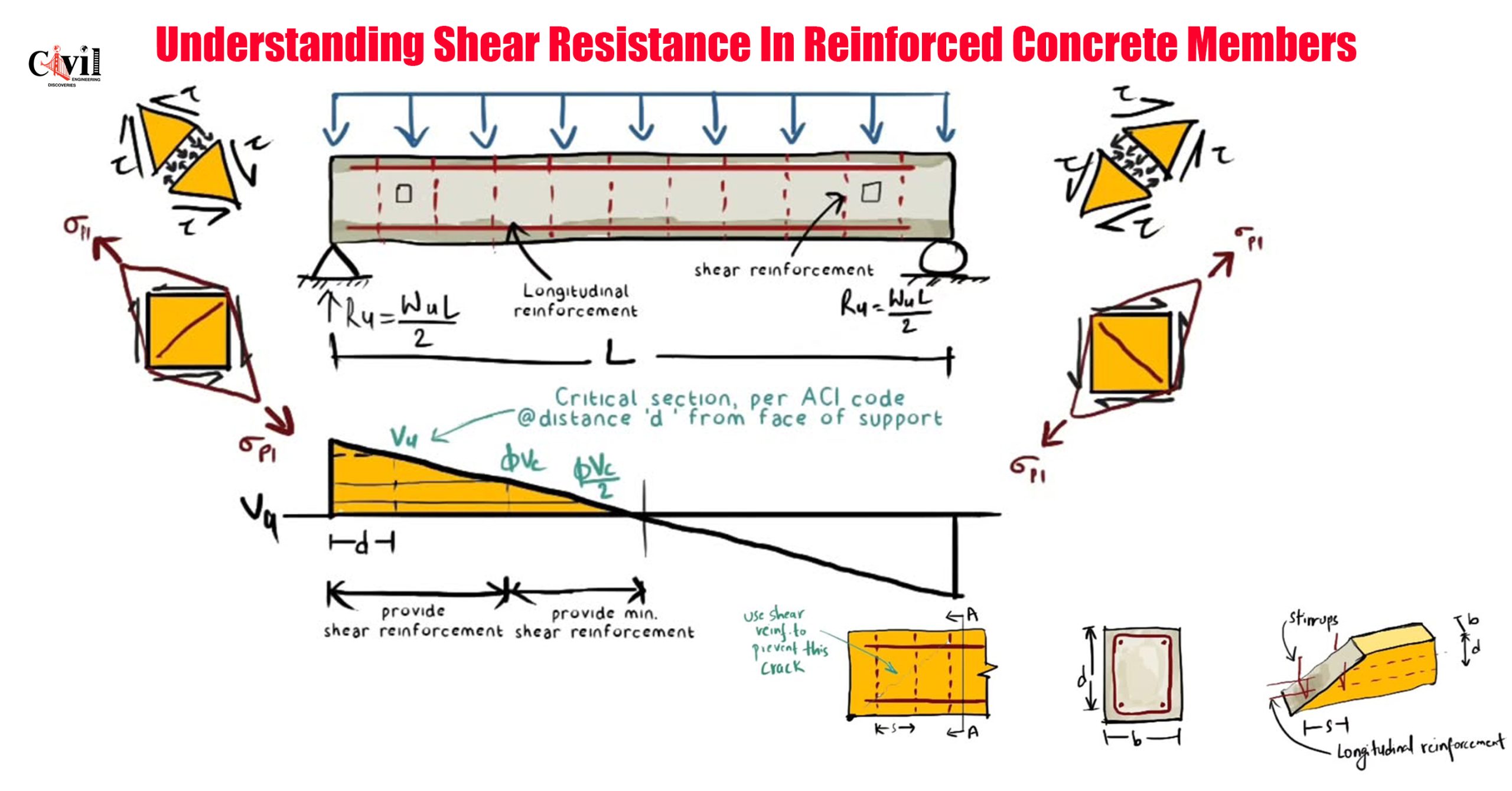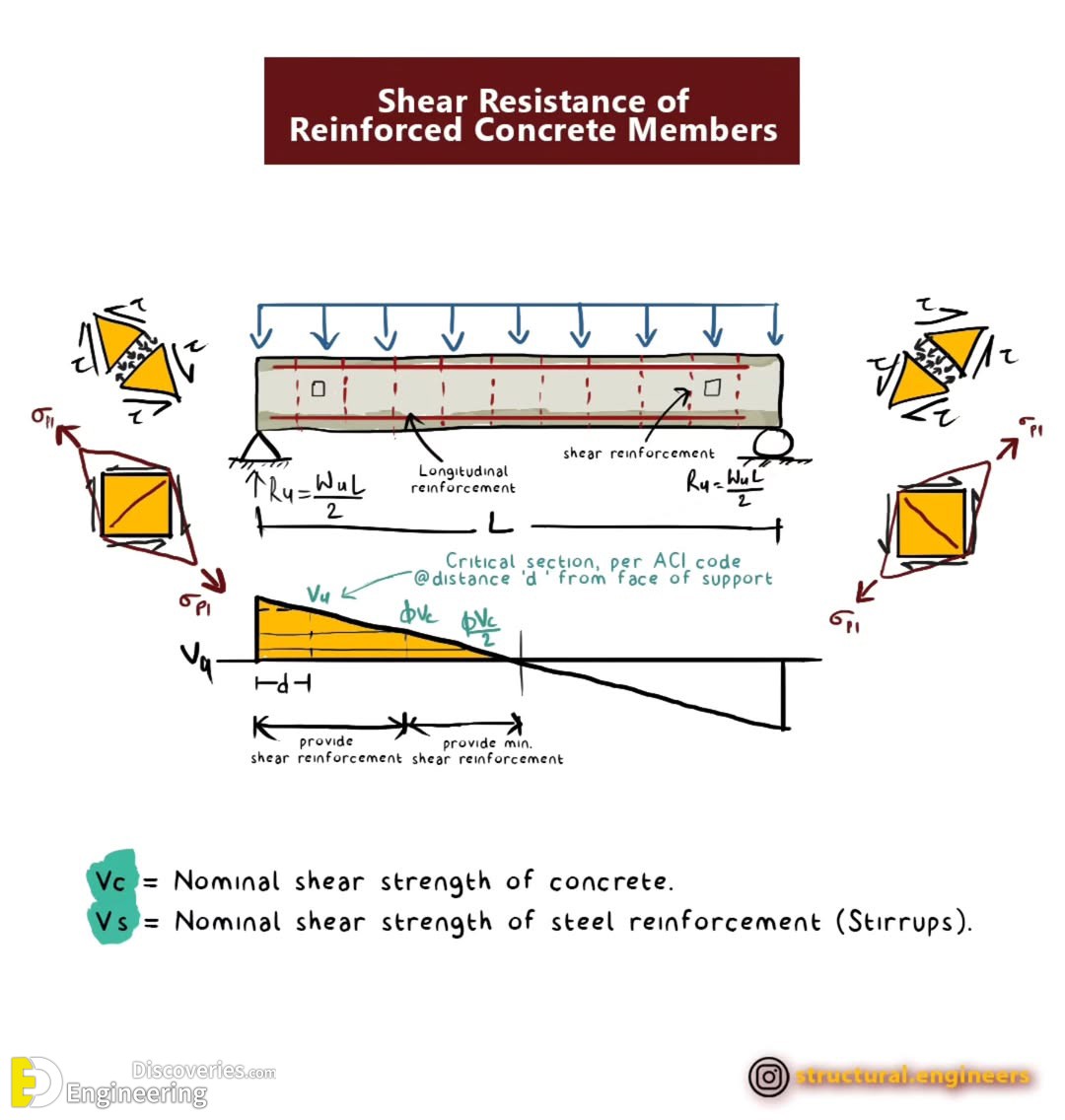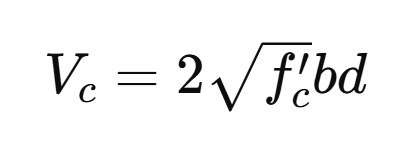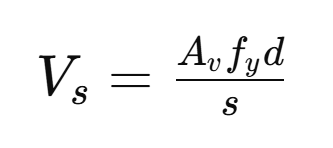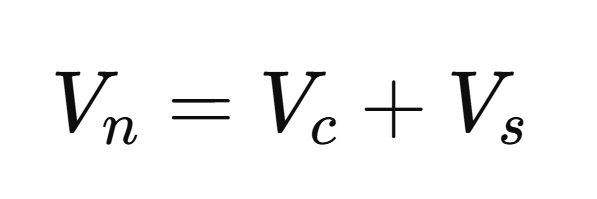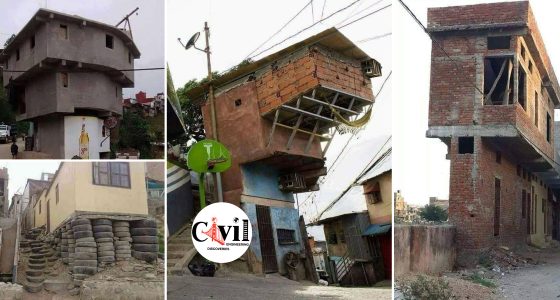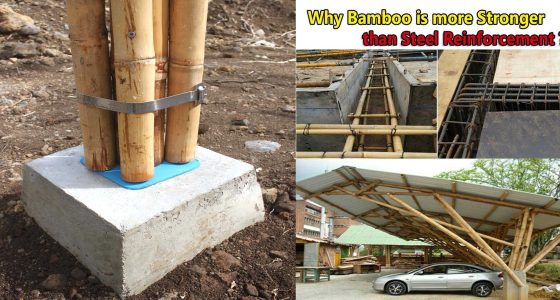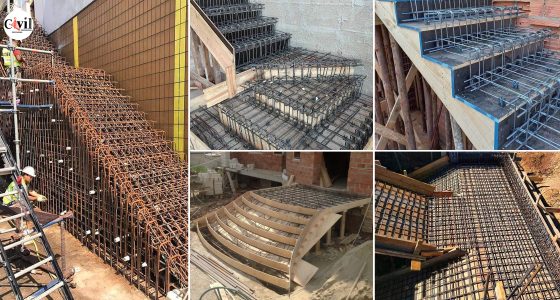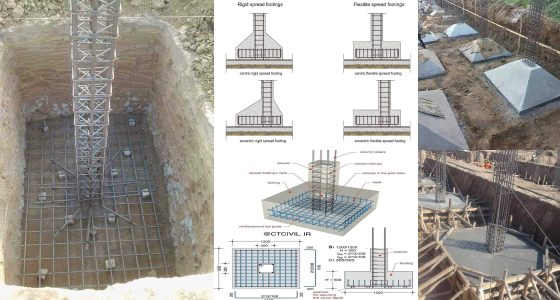The shear resistance is a crucial aspect of reinforced concrete design. It ensures that structural members can withstand shear forces without failure. The total shear resistance of a reinforced concrete section comes from both concrete and steel reinforcement. Understanding these components is essential for safe and efficient structural design.
What is Shear Resistance?
Shear resistance refers to a structure’s ability to resist shear forces that can cause diagonal cracking and failure. In reinforced concrete, this resistance is provided by both the concrete itself and the shear reinforcement (stirrups).
Components of Shear Resistance
1. Shear Strength of Concrete (Vc)
Concrete inherently resists shear due to its compressive strength. However, its tensile strength is relatively low, making it vulnerable to cracking. The nominal shear strength of concrete is given by:
where:
- f’c = Compressive strength of concrete
- b = Width of the section
- d = Effective depth of the beam
2. Shear Strength of Steel Reinforcement (Vs)
To compensate for the weakness of tension in concrete, steel reinforcement in the form of stirrups is provided. Stirrups help hold the concrete together and resist shear forces effectively. The shear strength provided by steel is given by:
where:
- Av = Area of shear reinforcement (stirrups)
- fy = Yield strength of steel
- d = Effective depth of the beam
- s = Spacing of stirrups
Total Nominal Shear Resistance
The total shear resistance of a reinforced concrete beam is the sum of the shear strength of concrete and the shear strength of the stirrups:
This formula ensures that the structure can resist applied shear forces without failure.
Shear Cracking and Reinforcement Placement
When a beam is subjected to shear forces, diagonal cracks may form. Proper placement of stirrups is necessary to prevent excessive cracking. Shear reinforcement is provided in critical sections, typically near supports, to control these cracks.
Key Design Considerations
- Minimum shear reinforcement should always be provided, even when concrete alone can resist the shear force.
- Critical sections for shear design are typically located at a distance of d from the face of the support, as per ACI code recommendations.
- Shear reinforcement should be closely spaced near supports where shear forces are highest.
Conclusion
Shear resistance is a vital aspect of reinforced concrete design. Both concrete and steel reinforcement contribute to resisting shear forces. Properly calculating and providing adequate reinforcement ensures the structural integrity of beams and slabs. Understanding shear behavior helps engineers design safer and more durable concrete structures.
Click Here To See Understanding Concrete Footing Shear Failure And Reinforcement
